Influence of Fashion Trends
Fashion trends play a crucial role in shaping the Rainwear Market. As consumers increasingly view rainwear as a fashion statement rather than merely functional attire, brands are compelled to innovate and design stylish options. The integration of contemporary designs, colors, and patterns into rainwear collections is attracting a diverse consumer base, including younger demographics who prioritize aesthetics. The Rainwear Market is responding to this shift by collaborating with fashion designers and influencers to create limited-edition collections that resonate with trend-conscious consumers. This focus on style, combined with functionality, is likely to drive growth in the market, as consumers seek rainwear that complements their personal style while providing protection against the elements.
Urbanization and Lifestyle Changes
Urbanization is another significant driver influencing the Rainwear Market. As more individuals migrate to urban areas, the demand for practical and stylish rainwear is on the rise. Urban dwellers often face unpredictable weather conditions, necessitating the need for versatile rainwear that can be easily integrated into their daily wardrobes. The Rainwear Market is adapting to these lifestyle changes by offering products that combine fashion with functionality, catering to the needs of city residents. Furthermore, the increasing participation of individuals in outdoor activities, such as commuting by bicycle or walking, has further fueled the demand for high-quality rainwear. This trend suggests that the market may continue to expand as urban populations grow and lifestyle preferences evolve.
Growing E-commerce and Online Retail
The expansion of e-commerce and online retail platforms is significantly impacting the Rainwear Market. With the convenience of online shopping, consumers are increasingly turning to digital channels to purchase rainwear. This shift has enabled brands to reach a broader audience, transcending geographical limitations. The Rainwear Market is benefiting from this trend, as online sales channels provide consumers with access to a wider variety of products and brands. Additionally, the rise of social media marketing has allowed companies to engage with potential customers more effectively, showcasing their rainwear collections through targeted advertising. As e-commerce continues to grow, it is likely that the Rainwear Market will see an increase in sales, driven by the ease of online shopping and the ability to compare products.
Increasing Awareness of Climate Change
The rising awareness of climate change appears to be a pivotal driver for the Rainwear Market. As extreme weather events become more frequent, consumers are increasingly seeking protective clothing to shield themselves from unpredictable rain and storms. This heightened awareness has led to a surge in demand for rainwear, with the market projected to grow at a compound annual growth rate of approximately 5.5% over the next few years. The Rainwear Market is witnessing a shift in consumer preferences towards eco-friendly and sustainable options, as individuals become more conscious of their environmental impact. Consequently, brands that prioritize sustainability in their rainwear offerings are likely to gain a competitive edge, appealing to a growing demographic that values both functionality and environmental responsibility.
Technological Advancements in Fabric Production
Technological advancements in fabric production are reshaping the Rainwear Market. Innovations in materials, such as breathable and waterproof fabrics, are enhancing the performance of rainwear products. These advancements not only improve comfort but also increase the durability and functionality of rainwear, making it more appealing to consumers. The Rainwear Market is witnessing a trend towards the incorporation of smart textiles, which can provide additional features such as temperature regulation and moisture-wicking properties. As consumers become more discerning about the quality and performance of their rainwear, brands that invest in research and development to create cutting-edge products are likely to thrive. This focus on innovation may lead to a more competitive landscape, with companies striving to differentiate themselves through superior technology.


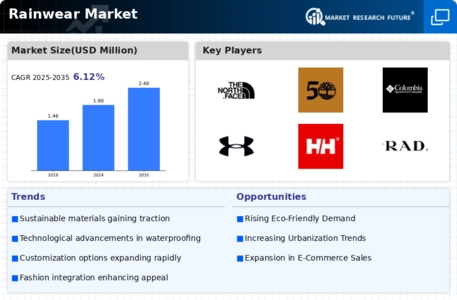

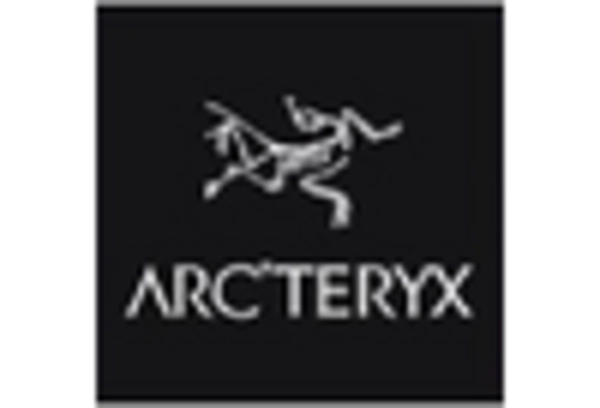
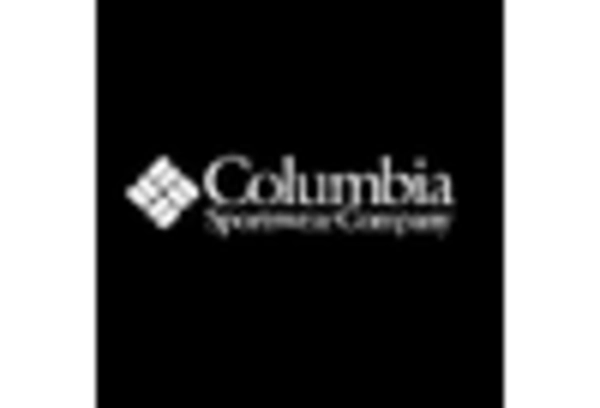
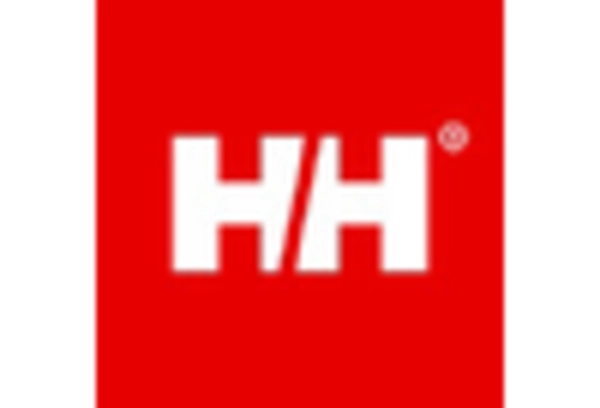

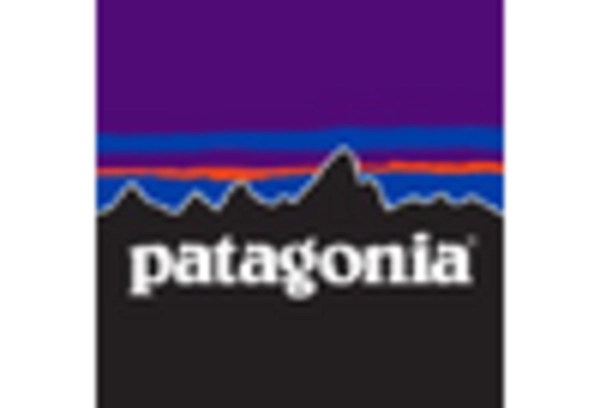
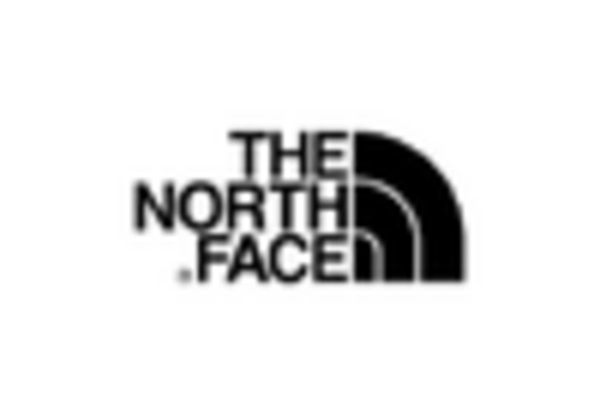








Leave a Comment